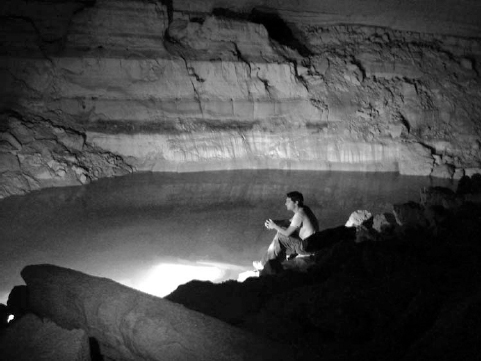Introduction
As a child, I longed to be an intrepid naturalist, setting off into the unknown to discover new lands, and especially new kinds of animals. I think all children are born with a desire to discover things for themselves. They are curious, they want to investigate and learn about their exciting new (to them) world. And in the course of this, they make wondrous personal discoveries.
I was as exhilarated as any explorer in olden days when my friend and I crept out at midnight on a forbidden trip to a small, wild, undeveloped plot and discovered, in the moonlight, that a pair of barn owls had their nest there. It was a real adventure, for they swooped down and threatened us fiercely when we got too close—something I think back on when I read about all those who risk the wrath of the adults when they clamber up dangerous cliffs to inspect the eyries of birds of prey. That plot is built over now, the barn owls long gone, driven out by relentless development of the wild places.
I have been fortunate in my life—born in time to see some of those wild places before they were spoiled. And I treasure the memories of how things were. But there is still much to discover. Just yesterday (August 2008) came the report from Central Africa of lowland gorillas found in large numbers—doubling the estimated number of this endangered species. When I heard about those gorillas, it took me back to the few days in 2002 that I spent with Mike Fay and Michael “Nick” Nichols in the ancient, never-logged forest of the Goualougo Triangle in the heart of Congo-Brazzaville. When they first went there, they found animals that had never learned to fear humans—for even the pygmy hunters had not crossed the great swamps that protected the area for so long. Indeed, those swamps would have deterred anyone except Mike—but he found a secret way through and invited me for a visit. The journey started in a truck along a disused logging trail. Then came an enchanted time of silently moving along a gentle river, poled in our piraques by pygmy guides. And then a very, very long walk.
When at last we reached the camp in the forest it was after 10 PM, and I was too tired to appreciate anything—except the campfire and a deliciously simple meal cooked by the pygmies. But the next day, as I walked under the tall and ancient trees, I thrilled to the magic of a place that had not been explored by humans—at least not for hundreds of years. I put my hand on the trunk of one of those forest giants, sensed the rising sap, and knew great joy because, thanks to Mike, that whole forest is now a protected area. Safe—for the gorillas and chimpanzees and elephants. And for the trees. Because of Mike and others who care, many forests in Gabon have also been listed as protected.
In 2006, there was an expedition to the wild “Heart of Burma” where many new or thought-to-be-extinct species were found. Even more recently, an expedition to the remote Yariguies Mountains of Colombia discovered a fascinating array of species new to science. As did another to the wild, remote wilderness of the Foja Mountains of Papua. One benefit from these expeditions is that by discovering and writing about the last of nature’s undiscovered wilderness areas, it is usually possible to get local and international support and pressure to protect them for future generations.
In the three chapters of this section, we share stories of discovery. Some of the discoveries are exotic—a new kind of monkey, a cave system sealed off from the outside world for at least five million years, a fish known only from fossils unearthed from the Devonian period—sixty million years ago! These are the stories that capture the imagination of the general public, creating headlines in international newspapers. Other discoveries seem less exciting, and are heralded simply by short notes in the local press or some specialist journal. Yet they are often thrilling to the biologists who find them—I have spoken to several, and their enthusiasm is contagious, shining from their eyes or sounding in their voice as we talk over the phone.
It is not just the joy of discovery—it is knowing that the life-form is important in the scheme of things. It all depends on your perspective. After all, it will make little difference to an elephant if a small plant vanishes; it will make all the difference between survival and extinction to a butterfly whose larvae feed exclusively on the leaves of that plant. And the biologist knows that all living things are interconnected in the web of life; that losing even the smallest strand can have unforeseen consequences.
It is true that we are experiencing the “sixth great extinction on earth,” with thousands of species (mostly small, endemic invertebrates and plants) disappearing, forever, every year. And while we sink into despair or anger as we see how our own prolific and self-centered species continues to destroy, there is yet this feeling of hope. There are surely plants and animals living in the remote places, beyond our current knowledge. There are discoveries yet to be made. And the stories we share here, reports of fascinating new species discovered or rediscovered, give me new strength to face and fight the challenges that threaten our still-mysterious, still-magical planet.

This cavern and lake existed unknown and unseen by humans for about five million years. Israel Naaman was one of the first people to enter this cave and discover its secret. He took this photo of his friend Eitan Orel, who helped him map the cave. (Israel Naaman)